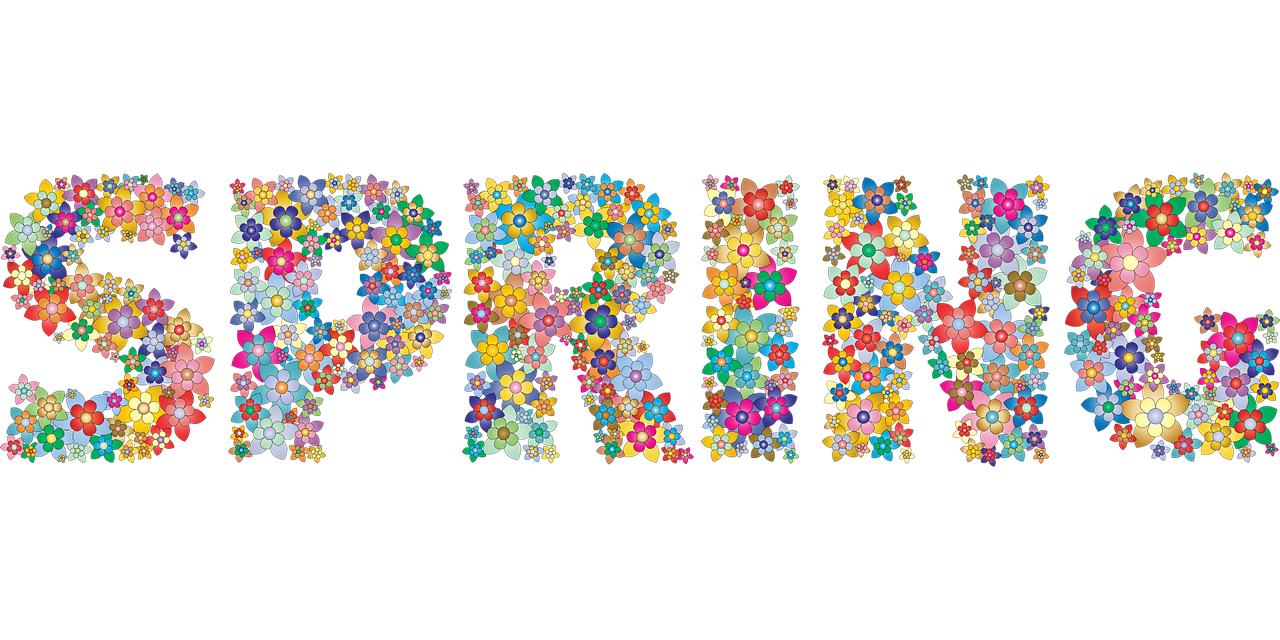Spring is here, and with it comes the cultural push for decluttering, deep cleaning, and fresh starts. While this can feel like a harmless seasonal tradition, for clients with OCD, especially subtypes like contamination, perfectionism or just right, spring cleaning can become muddied with compulsions. Let’s take a look at how this season can be reframed as an opportunity for exposures through ERP and to practice skills learned in therapy.
When “Spring Cleaning” Becomes Compulsive
Spring cleaning can morph into:
- Extensive cleaning rituals (e.g., repeatedly scrubbing surfaces until they “feel” right)
- Avoidance (e.g., avoiding certain areas that might feel contaminated not right, avoiding starting for worry about not being able to do it perfectly, not wanting to get rid of things just in case they’re needed later or might contain “evidence” or harm someone)
- Perfectionism-driven organizing (e.g., spending hours arranging items in a “just right” way)
- Mental compulsions (e.g., giving self-reassurance, rumination)
This can make the start of spring a particularly challenging time, reinforcing OCD’s grip rather than helping people move toward flexibility and values.
Using Spring Cleaning as an Exposure Opportunity
Instead of avoiding cleaning altogether, therapists can help clients use this time as an opportunity for ERP (Exposure and Response Prevention) practice. Here are some ways to turn spring cleaning into a more meaningful experience:
1. Clean… But Stop Before It Feels “Right”
Engage in cleaning tasks while resisting or reducing compulsions. For example:
✅ Wiping down a counter only once instead of repeatedly or until it feels clean enough
✅ Letting a “messy” spot remain without fixing it
✅ Deliberately leaving an area only partially cleaned to sit with discomfort
2. Touch “Contaminated” Objects Without Washing Hands Immediately
For people with contamination fears, this can include:
✅ Picking up an old item from storage without immediately washing hands
✅ Cleaning with a rag they previously considered “dirty”
✅ Wearing clothes that aren’t fresh out of the laundry
3. Tolerate Uncertainty in Organizing
For those with perfectionism or “just right” subtypes, ERP might involve:
✅ Placing books on a shelf without aligning them perfectly or intentionally placing them incorrectly
✅ Allowing mismatched containers in a storage space
✅ Leaving a closet slightly disorganized on purpose
4. Challenge Avoidance by Reintroducing Previously Feared Items
People who struggle with throwing things away due to OCD-related fears might practice:
✅ Holding onto an object they would usually discard impulsively
✅ Sitting with uncertainty about whether something is “germy” or “contaminated”
✅ Throwing something away and not checking or retrieving it later
Tying Spring Cleaning to Values
Spring is a great time to reconnect with values rather than compulsions. Ask:
- Why do you want to clean? (To create a comfortable space for family vs. to feel 100% certain it’s germ-free?)
- What matters more than feeling “just right”? (Time spent with loved ones, engaging in meaningful activities, etc.)
- Can you lean into flexibility rather than rigidity?
By shifting the focus from relief-seeking to value-driven choices, people can reclaim spring cleaning as a healthy, mindful practice that’s about living well, not controlling anxiety.
Summary
Spring cleaning doesn’t have to be a trap for OCD. It can be an opportunity for growth, resilience, and meaningful ERP work. By leaning into flexibility, uncertainty, and values-based decision-making, this seasonal challenge can turn into a powerful therapy moment.
Looking for More ERP Ideas?
Download our Spring ERP Challenge, a free resource with therapist-friendly exercises to help navigate the season!
